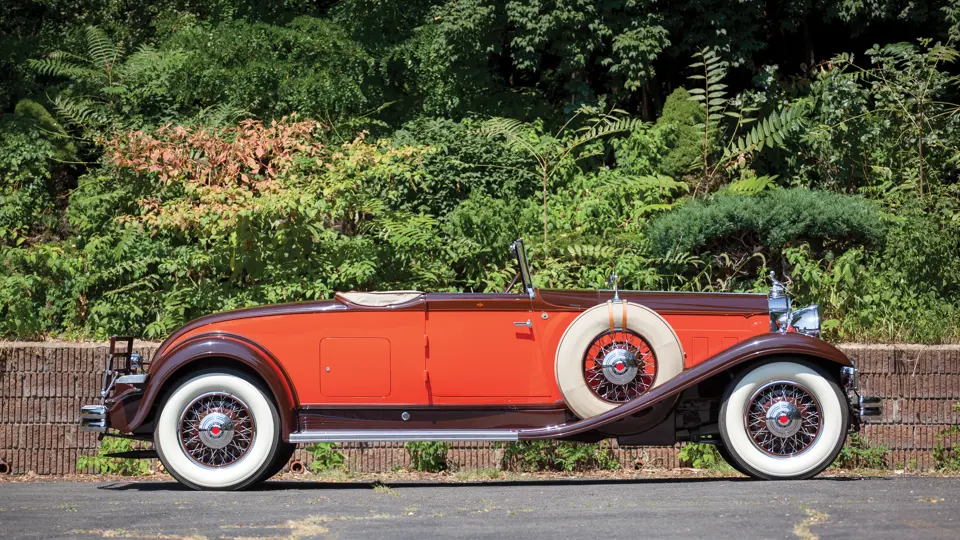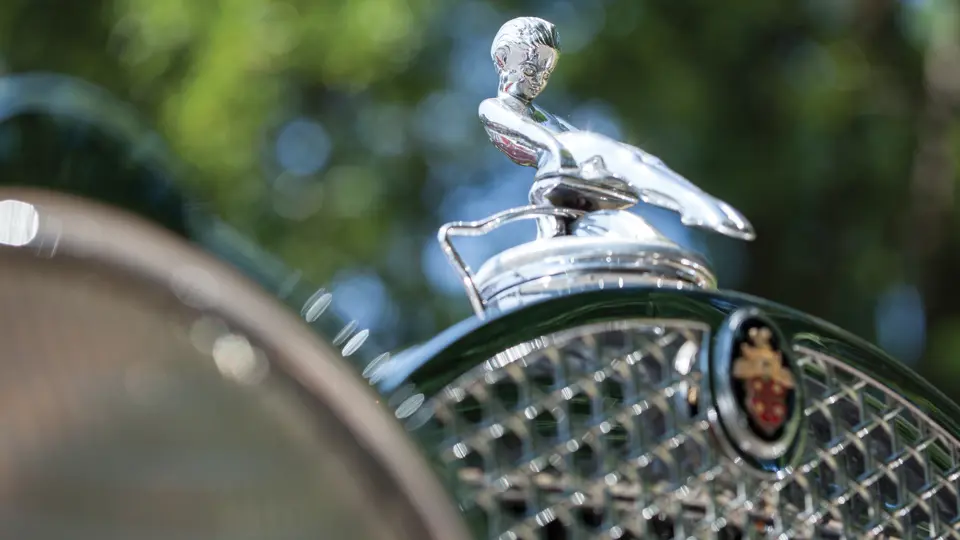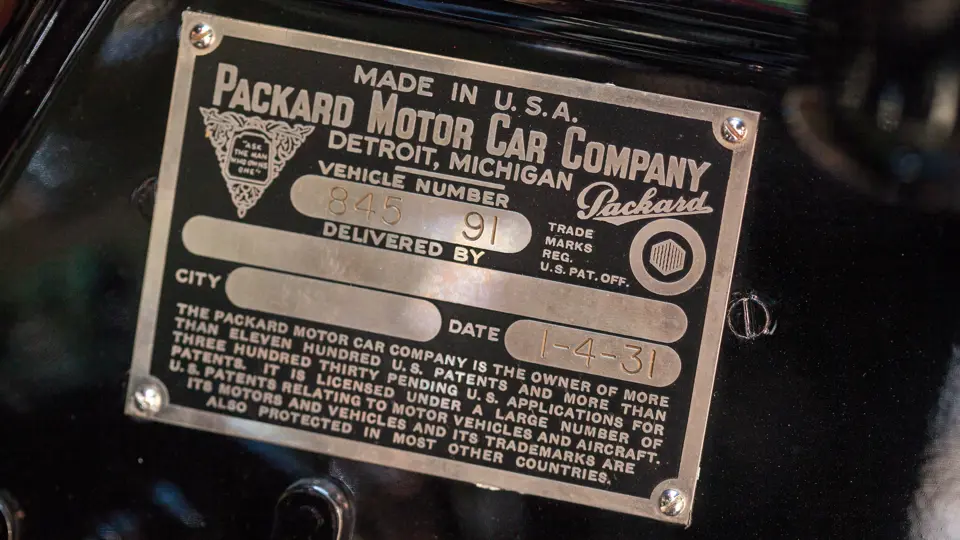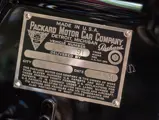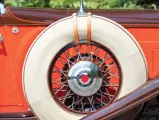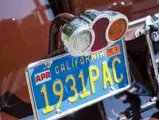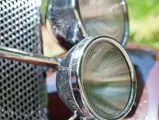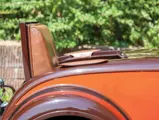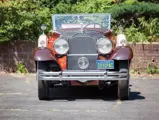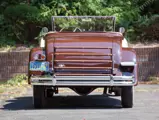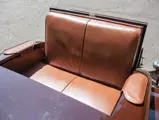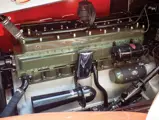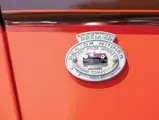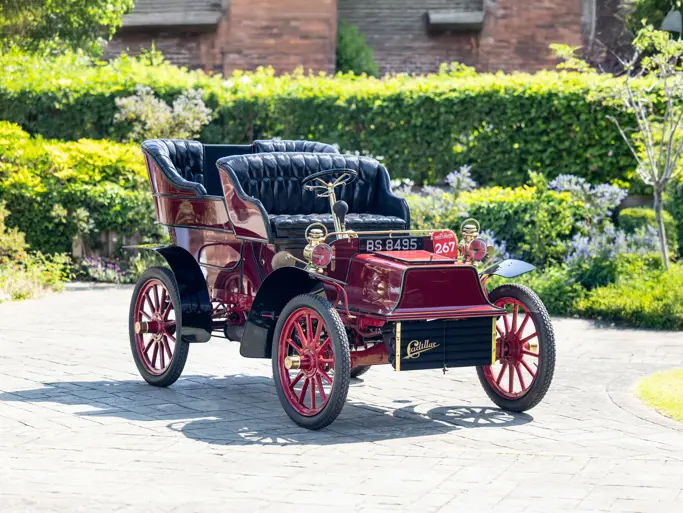
1931 Packard 845 Deluxe Eight Convertible Coupe by LeBaron
{{lr.item.text}}
$315,000 USD | Sold
{{bidding.lot.reserveStatusFormatted}}
- One of three known survivors
- The design prototype for the production 1932–1934 Packard Coupe Roadster
- Long-term California history, including 70 years with the Meyer family
- Restored by the famed facility of Hill & Vaughn
- Featured in Beverly Rae Kimes’s The Classic Car
Series 845. 120 bhp, 384.8 cu. in. L-head inline eight-cylinder engine with a single Detroit Lubricator carburetor, four-speed manual transmission, solid front and live rear axles with semi-elliptical leaf-spring suspension, and four-wheel mechanically actuated drum brakes. Wheelbase: 145 in.
Among Packard’s catalogued “semi-custom” offerings on the 145-inch-wheelbase Deluxe Eight chassis of 1931’s Eighth Series, the convertible coupe by LeBaron stood proud as among the most attractive and desirable. It boasted distinctive lines, including wide beltline molding, attractively sloping doors, a subtly curved rear deck, and most striking of all, a convertible top that folded flush with the body, for a clean, smooth line all the way through the car. So attractive was this design that its lines would be borrowed by Packard, almost verbatim, for the factory’s production coupe roadster body of 1932–1934.
Only three LeBaron-bodied Deluxe Eight Convertible Coupes survive today. The car shown here, vehicle number 845-91, is perhaps the most famous, thanks to 70 years of ownership by the Meyer family, of California. It was originally acquired in the early 1940s by Leo Meyer, a tomato farmer, from Walter Paine’s Chevrolet garage in King City, California, where the once-grand automobile was being utilized as a tow truck! Mr. Meyer continued to use the Packard as a tow vehicle on his farm before he eventually came to appreciate its attractive design and reliability and traded in the tow crane that had been mounted on its back to Mr. Paine for the missing panels from the rear of the body.
Thus, after being returned to its original form, the “ole Packard” was eventually given to Meyer’s son, Robert, as a birthday present in 1965. The car was stored until the late 1970s, when, in deciding to find out more about it, Robert Meyer contacted the knowledgeable Packard people at renowned California shop Hill & Vaughn. The “Hill” in the shop’s name was Phil Hill, America’s first world champion racing car driver, who, in his semi-retirement, had partnered with Ken Vaughn to open what was, in its time, considered the finest restoration shop on the West Coast. Hill was an avowed Packard nut and excitedly reported to Robert L. Meyer that his family car was not simply ‘an ole Packard,’ but a rare factory “semi-custom!”
Thus, restoration of the Packard began at Hill & Vaughn in November 1977 and was completed in May 1980, with the car being registered in California as 1931PAC. The car was freshened in 1986, with updated Burnt Orange and Russett Brown paint, and it eventually achieved Senior Premier honors from the Classic Car Club of America in 1991 (badge number 0951SP), amongst many First in Class and Best in Show honors at concours d’elegance up and down the West Coast. In fact, according to a 1989 letter on file from Hill & Vaughn, the car earned “over 20 consecutive awards.” It also appeared in Beverly Rae Kimes’s book, The Classic Car, in 1991.
All told, this LeBaron-bodied Packard remained in the Meyer family’s ownership for a remarkable seven decades. It is presently offered from a well-known East Coast collection, in which it has continuously received good care. While its 100-point Hill & Vaughn restoration has mellowed with age, its dynamic autumnal colors are still attractive, and its numerous details are as finely tuned as when completed years ago.
This is no mere “ole Packard,” as it is one of the most stunning semi-custom Packards of its era and, in all likelihood, the most well known. Its offering represents a remarkable opportunity.





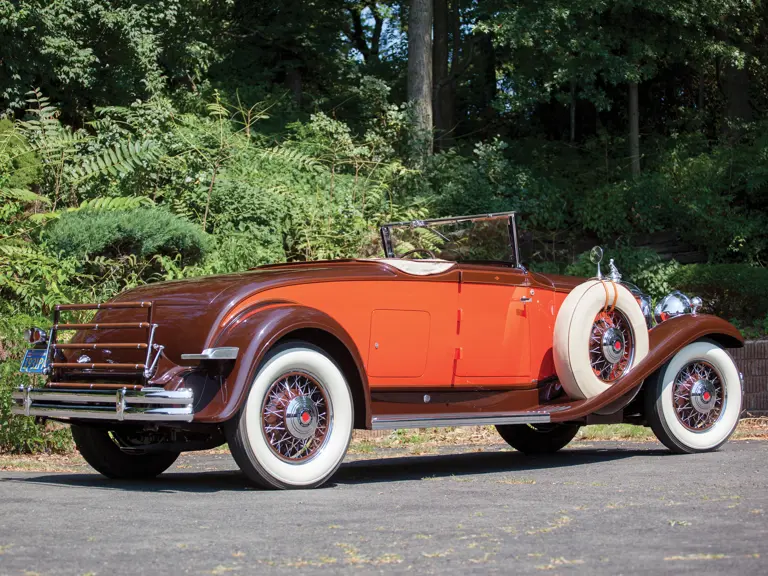
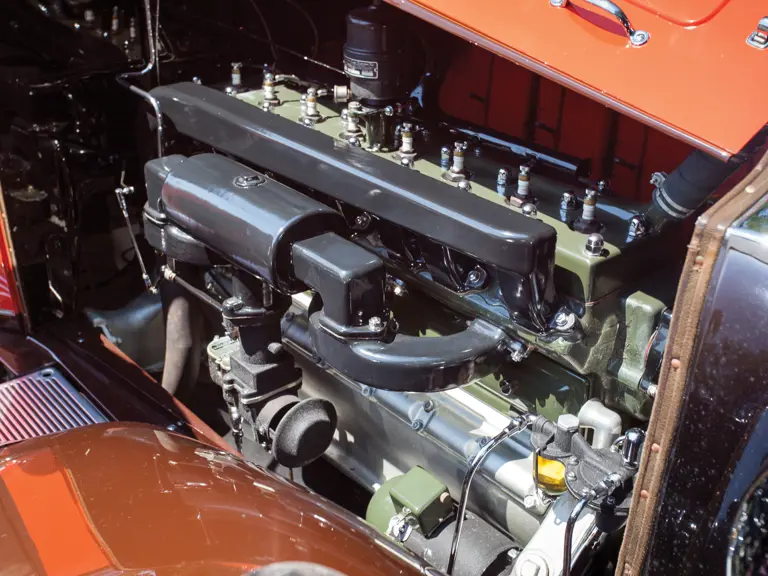




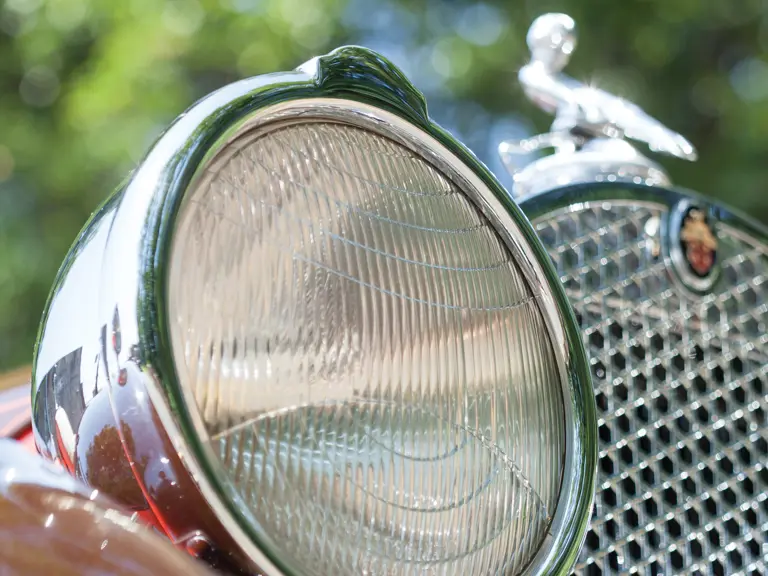
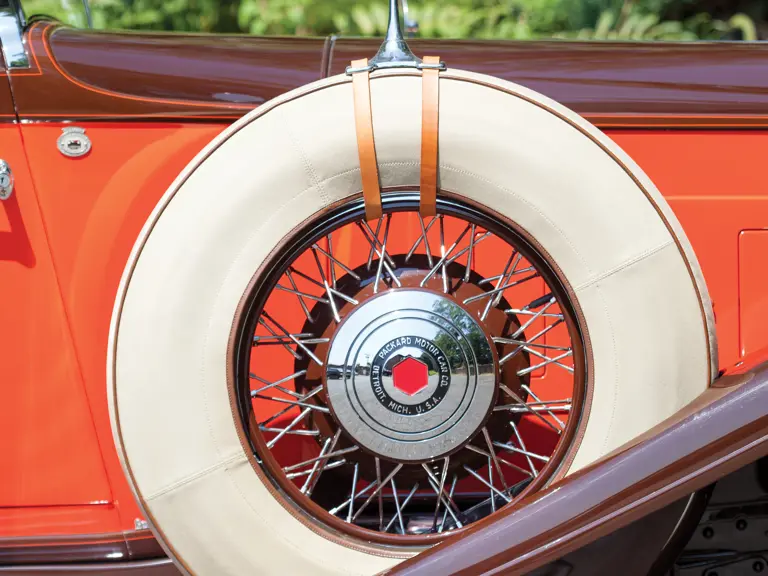
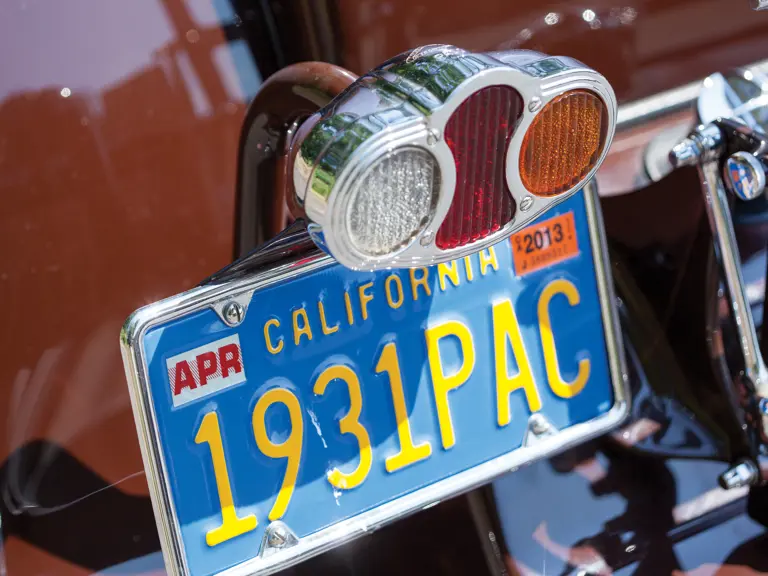
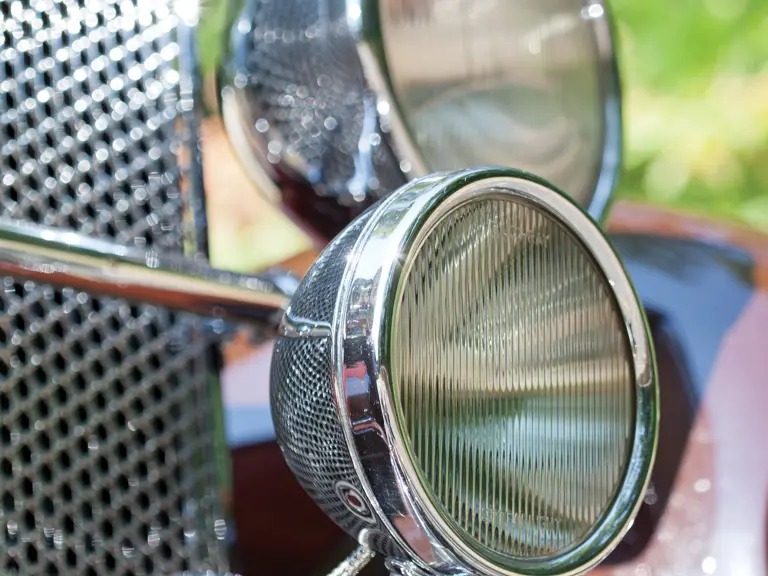
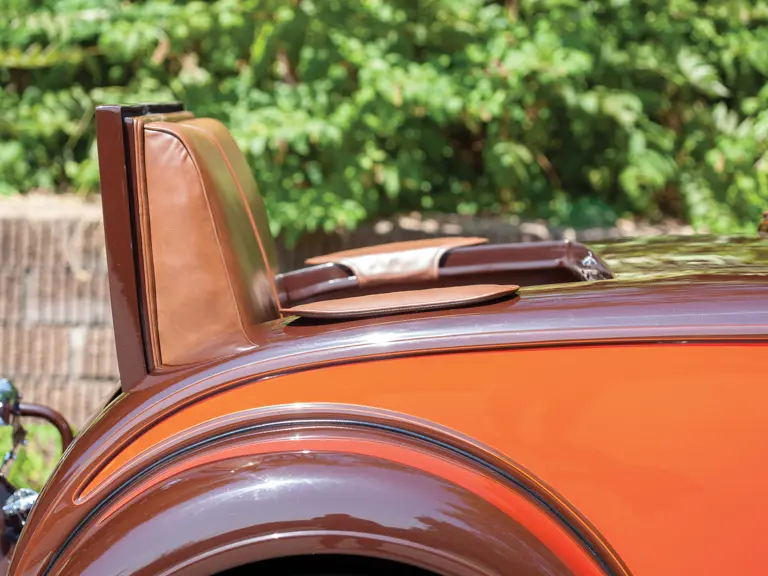
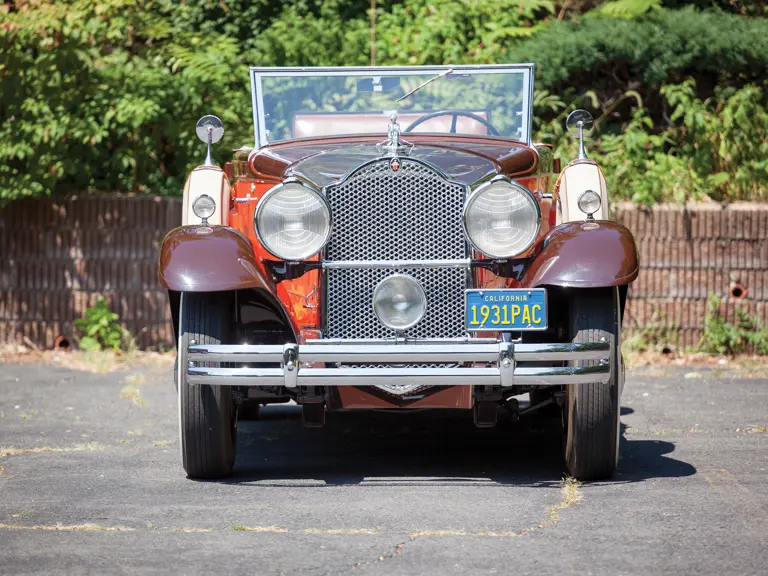
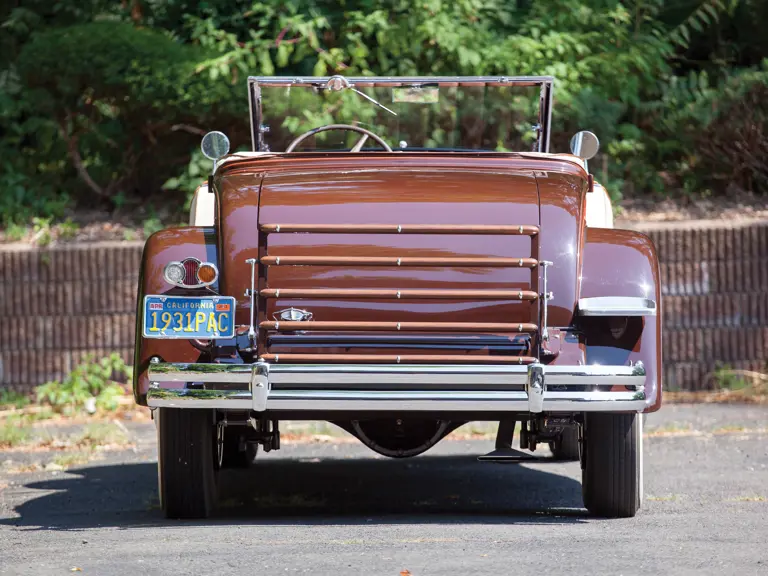
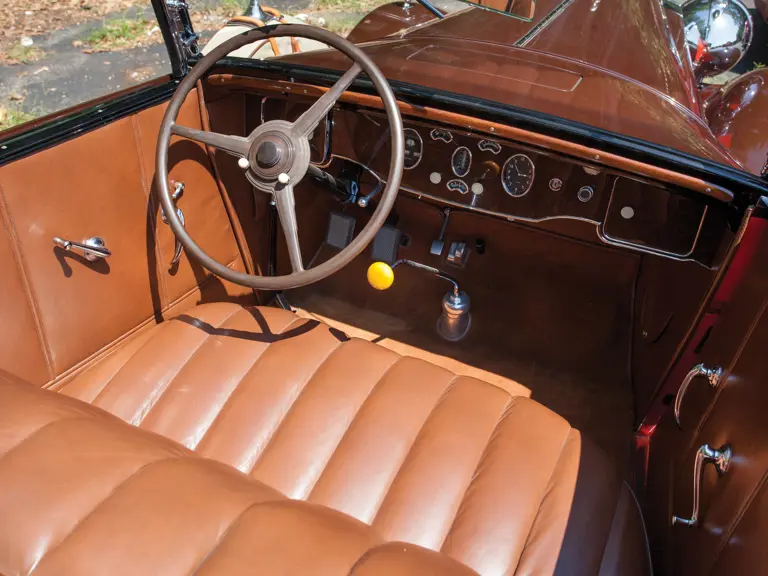
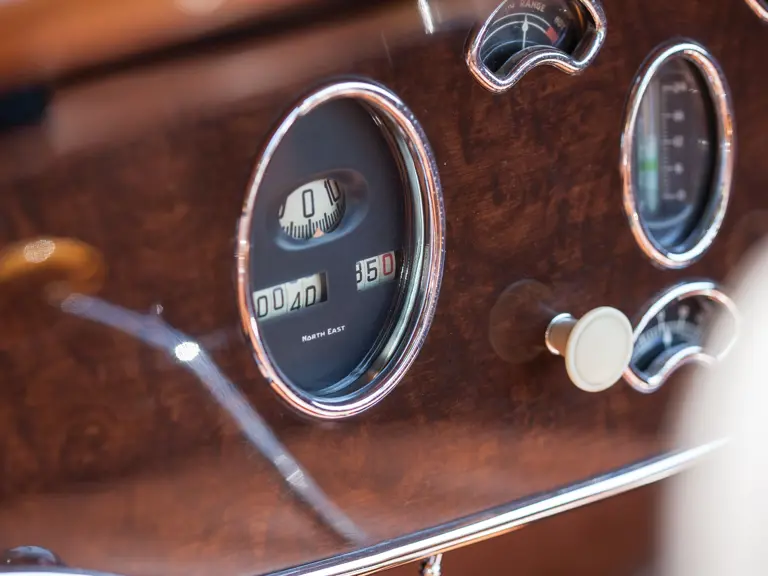
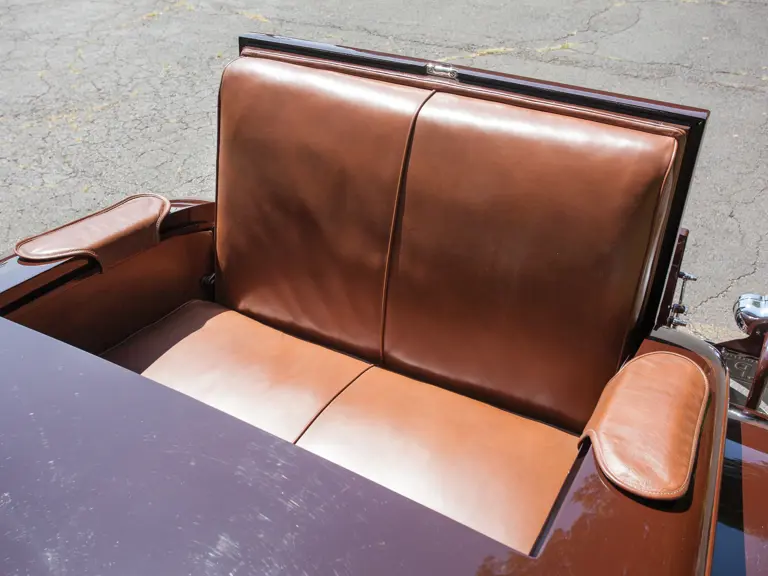

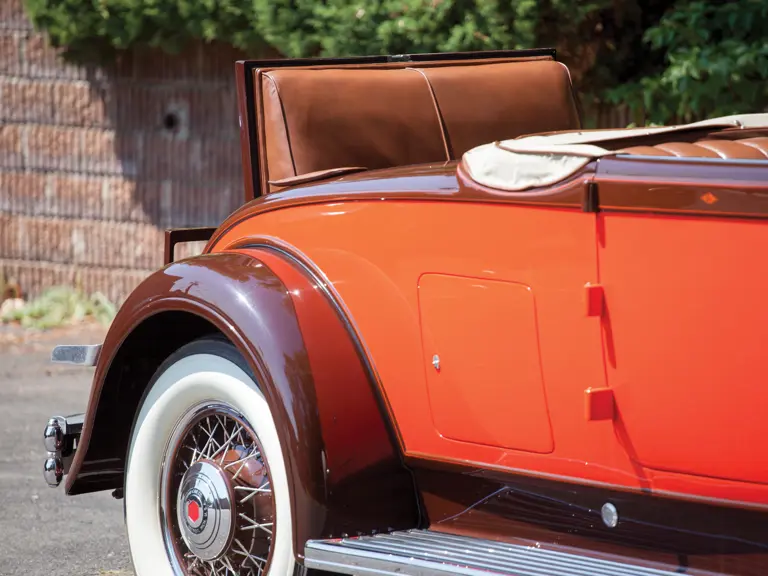
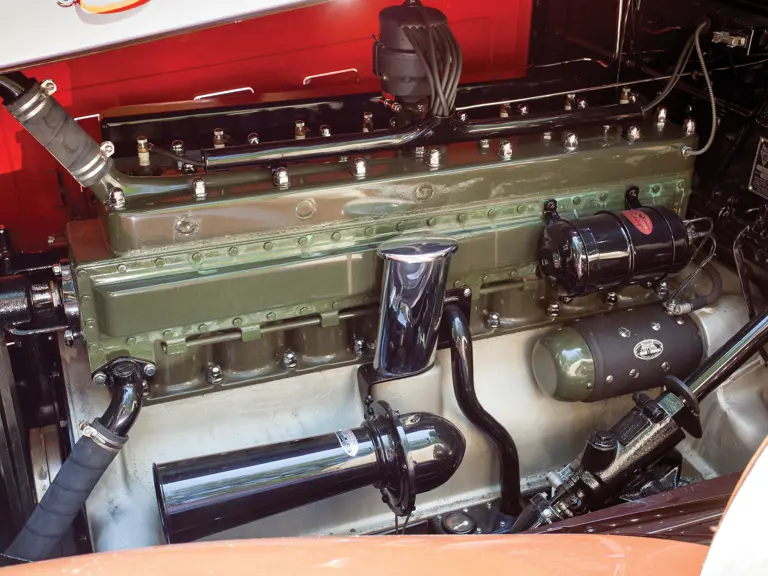
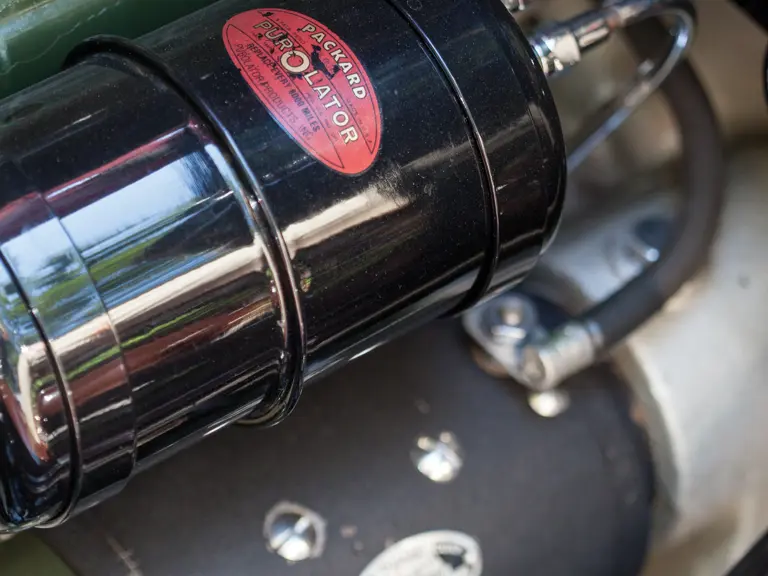
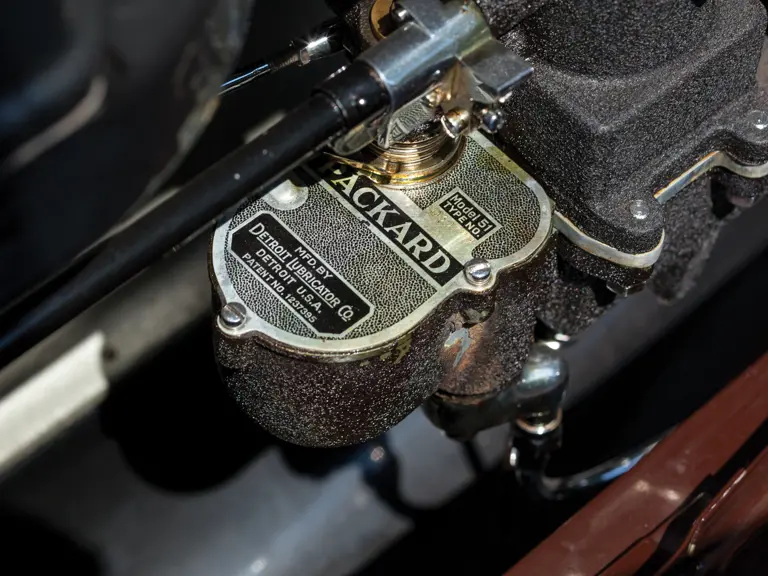
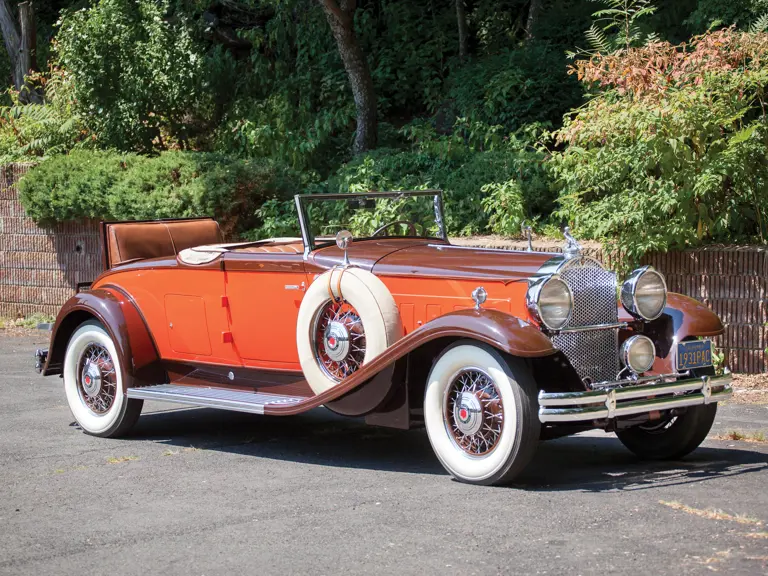
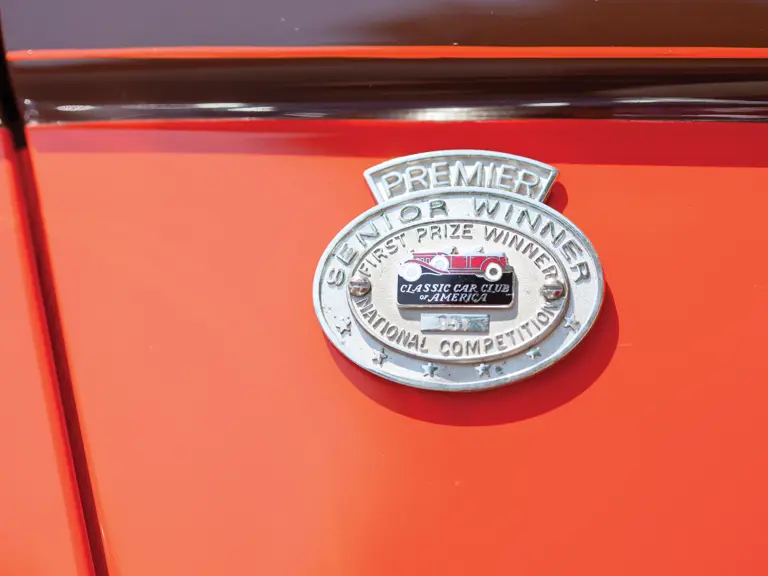

 | Hershey, Pennsylvania
| Hershey, Pennsylvania
